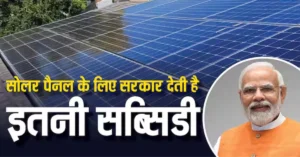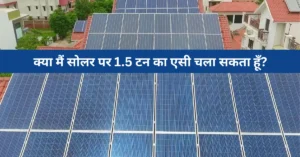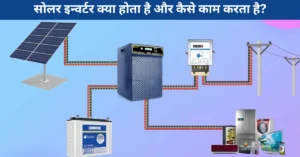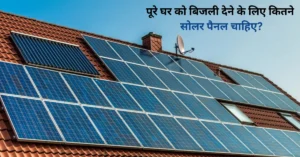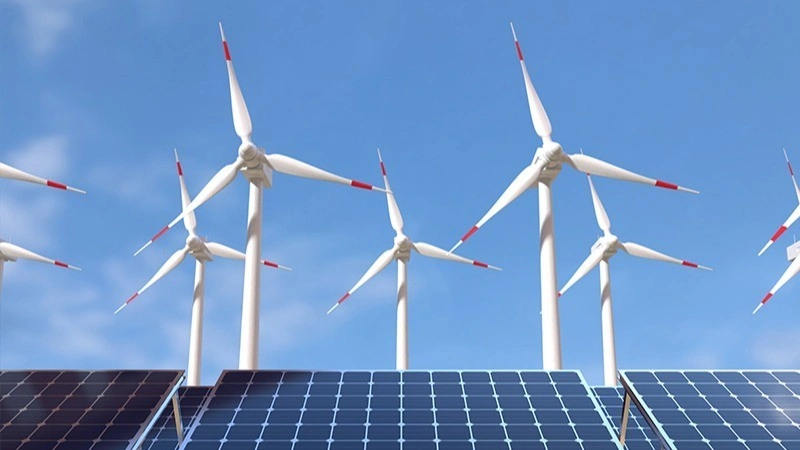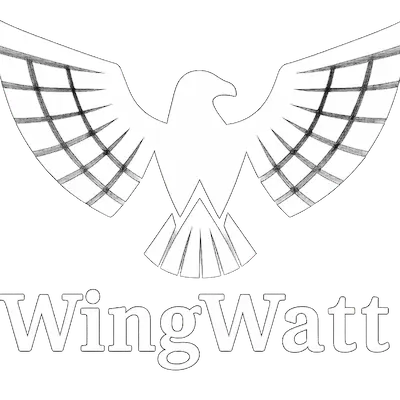As more people turn toward cleaner, greener ways to power their lives, solar energy and wind energy have become the most widely discussed and adopted options. Both offer smart, eco-friendly ways to reduce electricity bills, decrease our reliance on fossil fuels, and take tangible steps toward a more sustainable future for our homes, communities, and the planet.
But when it comes to choosing between them, especially for personal, commercial, or rural use, understanding their differences, advantages, and limitations is key.
This detailed blog will guide you through everything you need to know about solar vs. wind energy, enabling you to make a wise, informed decision.
What is Solar Energy?
Solar energy is power harnessed from sunlight. Solar panels (photovoltaic modules) convert sunlight directly into electricity. These panels are typically installed on rooftops, ground mounts, or solar farms and generate clean, green power during daylight hours.
How It Works:
- Solar panels absorb sunlight and convert it into usable electricity in the form of direct current (DC).
- An inverter converts the DC into alternating current (AC) for home or business use.
- Any extra power your solar panels produce doesn’t go to waste—it can be stored in batteries for later or shared back with the grid in on-grid systems.
What is Wind Energy?
Wind energy is produced by converting the kinetic energy of wind into electricity using wind turbines. As the wind turns the blades, it spins a shaft connected to a generator that produces power.
How It Works:
- Wind turns the turbine blades.
- The spinning motion powers a generator to produce electricity.
- The electricity can be fed into the grid or stored, depending on the system.
Solar Energy vs Wind Energy
Aspect | Solar Energy | Wind Energy |
Source | Sunlight | Wind (moving air) |
Efficiency | 15%–22% (depends on sunlight and panel quality) | 30%–45% (in consistent wind conditions) |
Best Location | Sunny rooftops, open areas | Coastal areas, hilltops, wide open plains |
Space Required | Compact – suitable for rooftops | Large land area – needs spacing between turbines |
Installation Cost | Moderate, scalable | High upfront (huge turbines) |
Operation & Noise | Silent | Can produce noise and vibrations |
Which One is More Suitable for Residential Use?
Solar Energy is the Winner for Homes
Here’s why:
- Ease of installation: Solar panels fit well on rooftops and small plots.
- Silent operation: No noise, perfect for residential areas.
- Lower cost: Especially with subsidies and net metering.
- Low maintenance: Just periodic cleaning and inverter checks.
- Scalability: Start small and expand as needed
Wind Energy is Less Practical for Homeowners
- Requires tall towers and open land.
- Not effective in urban or low-wind areas.
- Generates noise, which can be disruptive in populated zones.
- Higher maintenance due to moving parts.
Which is Better for Commercial or Industrial Use?
Wind Energy becomes practical at utility scale, particularly in rural, coastal, or high-altitude regions where consistent wind patterns exist.
Solar energy remains the preferred choice for most businesses, particularly in warehouses, factories, schools, hospitals, and government buildings.
Environmental Impact: Both Are Clean, But…
- Solar panels have minimal operational impact and no emissions.
- Wind turbines are clean, but concerns include:
- Noise pollution
- Bird migration disruptions
- Visual/landscape impact
Despite these, both are far more environmentally friendly than fossil fuels.
What About Costs?
- Solar is cheaper to install and maintain on a small scale.
- Wind offers better output at large scale but comes with higher installation and maintenance costs.
Government subsidies in India:
Heavily favor solar installations under schemes like
- PM-KUSUM
- Solar Rooftop Yojana
- Net Metering Benefits
Wind projects often require larger land investments and grid coordination, making them less accessible to individuals.
Conclusion
Both solar and wind energy are cornerstones of a sustainable energy future. But for most homes and small businesses in India, solar energy is more accessible, practical, and affordable. With abundant sunshine throughout the year, easy rooftop installation, and attractive government incentives, solar energy is clearly the smarter choice for individuals.

